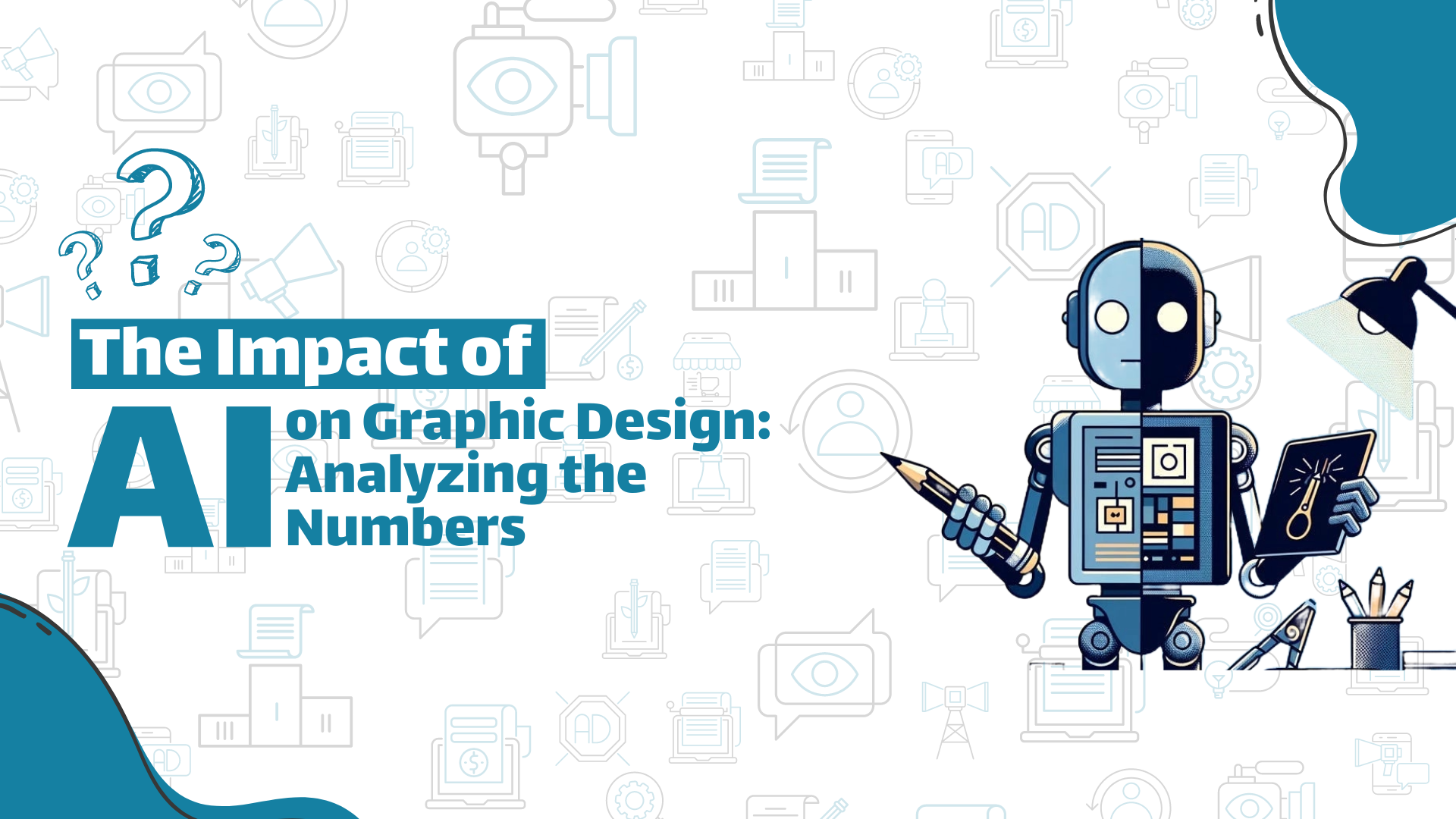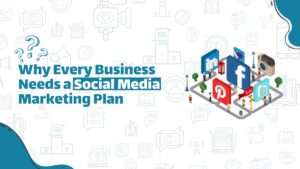
Artificial Intelligence (AI) has significantly transformed the landscape of graphic design, revolutionizing how designers create, execute, and personalize visual content. In this blog, we’ll delve into the impact of AI on the graphic design industry, exploring both challenges and possibilities.
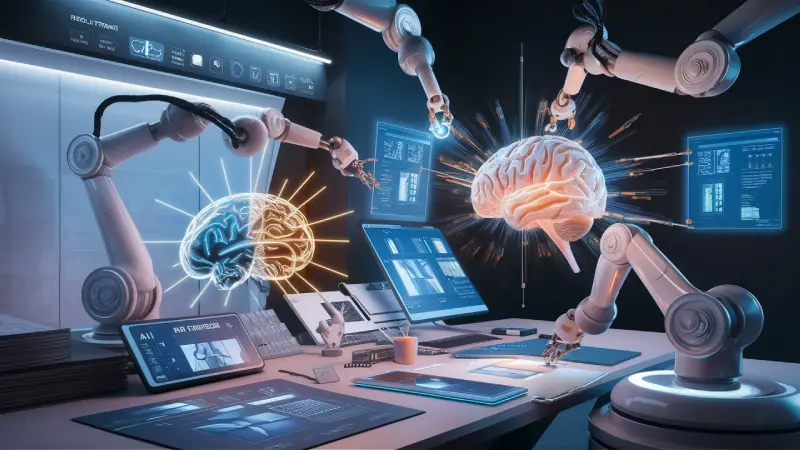
1. Automating Routine Tasks
AI streamlines the design process by automating repetitive tasks. Here are some ways it achieves this:
- Image Resizing and Color Correction: AI algorithms can handle mundane tasks like resizing images and correcting colors with high accuracy. This automation saves time and ensures consistency in design.
- Layout Generation: AI tools can create layouts based on predefined rules, optimizing the arrangement of elements. This efficiency allows designers to focus more on creative aspects.
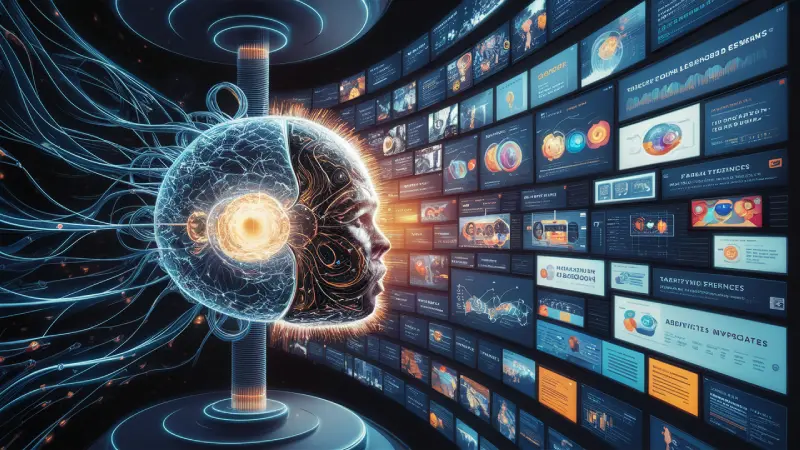
2. Personalized Design Experiences
AI analyzes data to forecast upcoming design trends, enabling designers to stay ahead and create relevant, appealing visuals. By studying patterns and data, AI tools give insight into what audiences will like in the future. Here’s how AI personalizes the design experience:
- Audience Insights: AI analyzes user preferences, demographics, and behavior to tailor designs. For example, it can create personalized social media graphics or targeted advertisements.
- Dynamic Content: AI-driven designs adapt to real-time data, ensuring that content remains relevant. Dynamic infographics, personalized email templates, and adaptive website banners are examples of this trend.
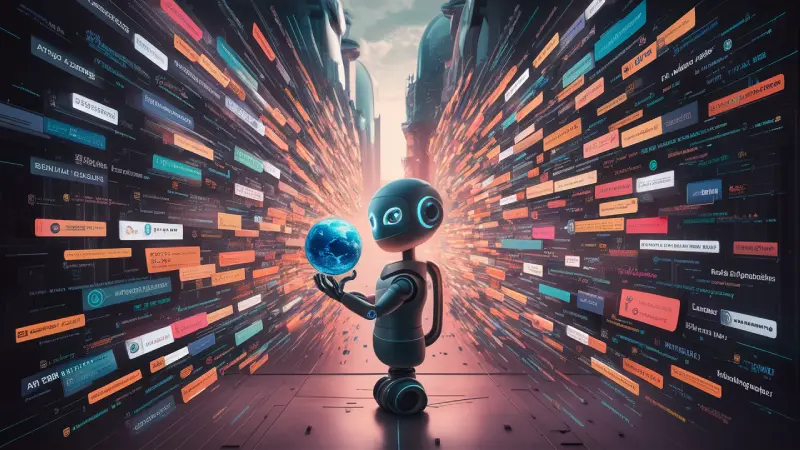
3. AI-Driven Branding
Branding is a critical aspect of graphic design. AI introduces exciting possibilities for autonomous branding:
- Self-Driven AI Brands: Imagine brands that evolve independently, adapting to changing market dynamics. AI can create and manage brand identities, adjusting logos, color schemes, and messaging based on real-time feedback.
- Ethical Considerations: However, ethical questions arise. How do we ensure AI-driven brands align with cultural norms and values? Striking the right balance between autonomy and human oversight is crucial.
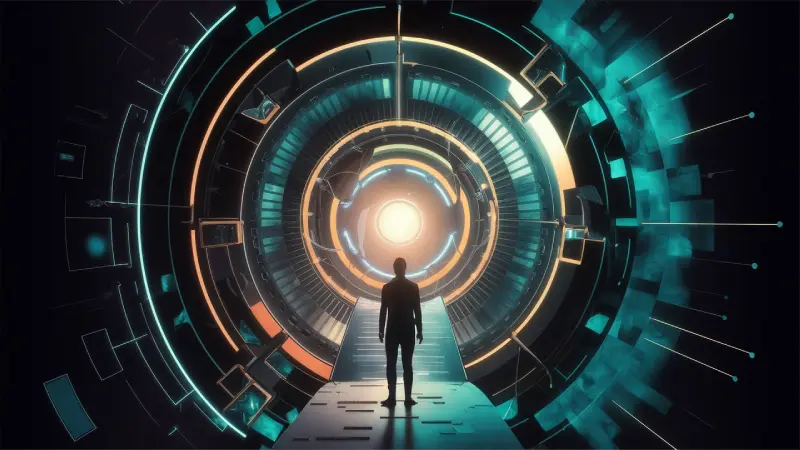
4. Generative AI Tools
AI-powered tools augment traditional design software. Let’s explore some notable ones:
- Adobe Sensei: Part of the Adobe Cloud platform, Sensei offers features like auto-tagging images and predictive analytics. It enhances design workflows and simplifies complex tasks.
- Generative Adversarial Networks (GANs): GANs generate new content by learning from existing data. They can create unique patterns, textures, and even entire designs.
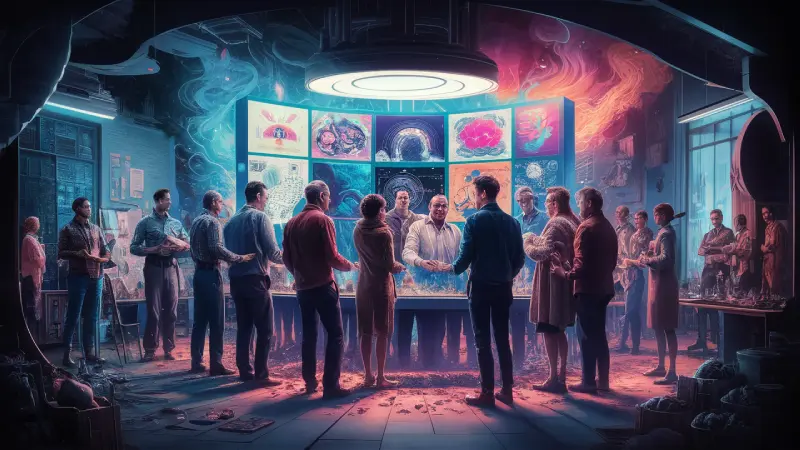
5. The Future of AI in Graphic Design
As AI continues to evolve, designers must adapt. Embrace AI as a powerful ally, not a threat. Understand its limitations and explore its potential. The numbers don’t lie—AI is reshaping graphic design, and those who harness its capabilities will thrive in this dynamic field.
Remember, just as photography didn’t replace fine art, AI won’t replace human creativity. Instead, it amplifies our abilities, allowing us to create more efficiently and imaginatively.
So, fellow designers, let’s embrace the AI revolution and design a future where creativity and technology coexist harmoniously!
FAQ's:
AI automates tasks like image resizing, color correction, and layout generation. It saves time and ensures consistency in design.
Yes! AI analyzes user data to create personalized designs. Dynamic content adapts to real-time data, making designs more relevant.
AI can autonomously manage brand identities, adjusting logos, colors, and messaging based on real-time feedback. Ethical considerations are essential.
Tools like Adobe Sensei automate tasks, while Generative Adversarial Networks (GANs) create unique patterns and textures.
No! AI amplifies creativity by handling routine tasks. It won’t replace human imagination; instead, it empowers designers.
